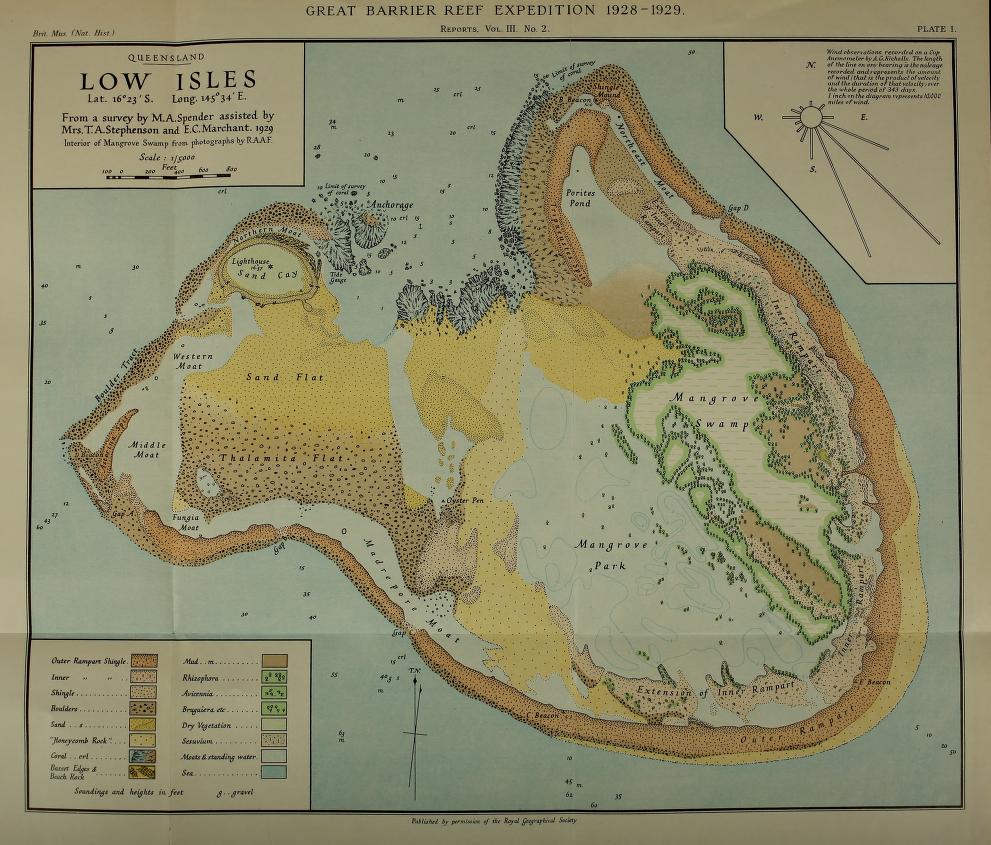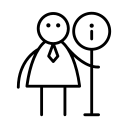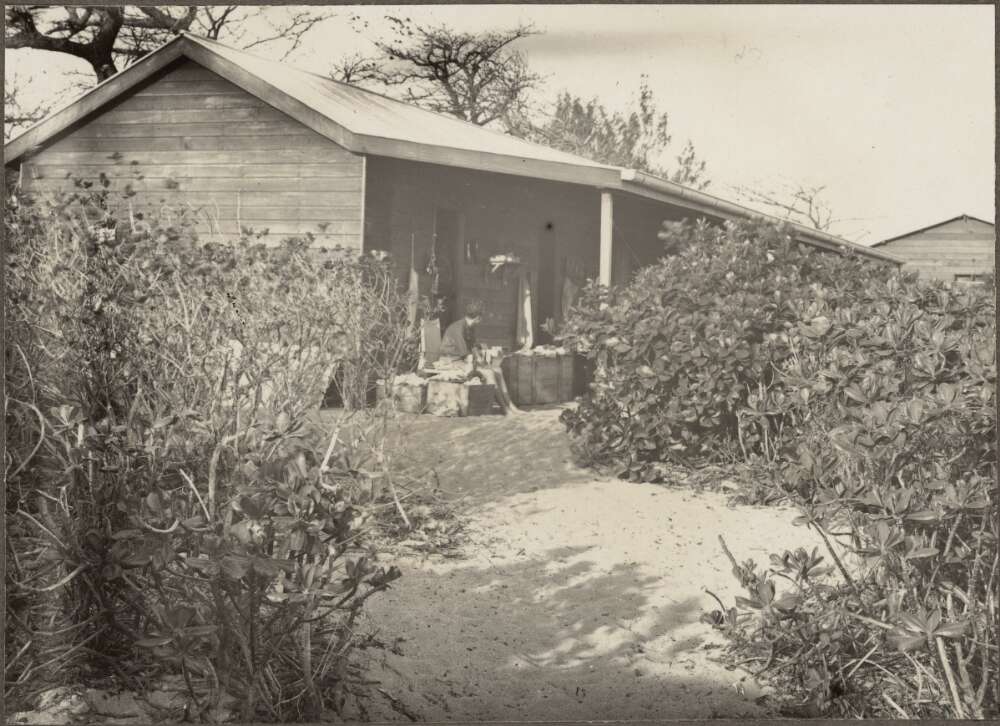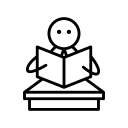8 Science of the Sea
Trisha Fielding
In the 2013 book The Reef: a Passionate History, Iain McCalman described the 1928-1929 Expedition to the Great Barrier Reef as having a “global impact on coral reef science and tropical marine ecology” that can “hardly be exaggerated”.[1] And in the 2002 publication, The Great Barrier Reef: History, Science, Heritage, James Bowen and Margarita Bowen summed up the expedition as:
the greatest marine science venture on a global scale since the Challenger oceanographic expedition more than fifty years earlier.[2]
Maurice Yonge’s pioneering work, particularly on coral physiology, was an outstanding contribution to coral science, and the coral reef research conducted under his leadership is still considered as basic reference material. T.A. Stephenson’s work with Tandy, Spender, Fraser, Manton and wife Anne, on the structure and ecology of the reefs at Low Isles, resulted in a detailed ecological survey on a previously unseen scale. In collaboration with his wife Anne, Stephenson also made a major contribution to the then current state of knowledge of the growth and asexual reproduction of corals. [3] The geomorphological work accomplished by J.A. Steers, in tandem with E.C. Marchant and M.A. Spender resulted in the first detailed map of a low wooded island.[4] As recently as 2021, Tom Spencer et. al. wrote that Michael Spender was:
a supremely talented surveyor who, at Low Isles and Three Isles, took reef surface mapping to a completely new level.[5]

The full extent of the expedition’s findings were presented in seven volumes of reports and a plethora of subsequent journal articles and books.

The Scientific Reports of the Great Barrier Reef Expedition, 1928-1929 were published by the Natural History Division of the British Museum between 1930 and 1968.
The majority of the journal articles were published in the decade following the expedition, however articles reflecting on the expedition continued to appear in scientific journals until the 1980s. Maurice Yonge contributed to, and edited, the first six volumes of the scientific reports and also wrote a popular account of the expedition that was published in 1930. A Year on the Great Barrier Reef enjoyed a wide readership, thanks to Yonge’s ability to write in such a way that satisfied both general and scientific readers.
But apart from the “pure” (scientific) research that Yonge and his British colleagues had conducted at Low Isles, much groundwork had also been laid for further work to be conducted regarding the economic potential of the Great Barrier Reef. The Queensland Government had long been aware of the commercial wealth (in terms of state revenue) that the north’s pearl shell and bêche-de-mer fisheries might hold, and by the 1880s it was taking steps to more closely regulate these industries.[6] In 1889, William Saville-Kent, whose area of expertise was oysters, was appointed as Queensland’s Commissioner of Fisheries.[7] Saville-Kent believed that these valuable resources would soon be depleted if regulations weren’t put in place to govern them.[8]
Yonge, in his post-expedition report to the Australian Great Barrier Reef Committee, also voiced his concerns about overfishing in these industries. He believed that future researchers should give equal weight to conserving established fisheries, as well as to developing new ones.[9] He expressed particular concern for dugongs, which, although he considered economically valuable both for meat and oil, might easily be “exterminated” if the fishing of these animals were not carefully controlled.[10]
While both Yonge and Saville-Kent showed concern for conservation of the reef environment, both wrote popular books that promoted the reef’s natural attractions and emphasised the “continuous supply of wealth” and the “mine of wealth” that the Great Barrier Reef contained.[11] In his 2022 publication Saving the Reef, historian Rohan Lloyd writes that this “enthusiastic promotion of the reef in economic terms” served to reinforce the idea of the reef’s commercial value in the minds of the general public.[12] He also argues that the many books and articles written about the reef in the decade after the Yonge expedition to Low Isles, “typically fused scientific appraisal with romanticism”.[13] This in turn prompted a surge in visitor numbers to the reef.

The overwhelming success of the Great Barrier Reef Expedition (in terms of its scientific output) prompted the Queensland government to commit to funding further research, and to that end, decided to use the existing infrastructure at Low Isles to found the first Australian marine research station on the reef. The huts, equipment and scientific library on Low Island were reportedly “handed over” to the Queensland Government by the British Great Barrier Reef Committee.[14] Frank Moorhouse, who had been part of Yonge’s expedition, was appointed in a part-time capacity to manage the station. Unfortunately, this venture was short-lived. In March 1934 a cyclone swept over Low Isles, destroying the laboratory and huts.[15]
Breaking Camp on Low Island
In July 1929, when it came time to pack up and leave Low Isles, undoubtedly the handful of remaining expeditioners had mixed feelings about leaving their little island home. Sidnie Manton, in a letter home to her father, told of how she had delayed her planned departure date by five days, because when the time came to leave she found she “simply couldn’t do it”.[16] On her last full day at Low Isles (15 July 1929), her diary entry for that day speaks to the close bond she had formed with two of her colleagues:
Last day at Low Isles – I could weep – helped Michael pack in morning – afternoon coffee as usual – J one side and M on the other. So to chores – Vid and George clearing up etc. Printing [photos] in the evening, cocoa with John and Michael. J to his letters and later Michael to his thermometers. Both such dears in their different ways.[17]
In his report to the Australian Great Barrier Reef Committee, Yonge gave this succinct summation:
Every member of the expedition left with the feeling that the year on Low Isles had been well spent and that something of real scientific value had been accomplished.[18]

The title for this chapter was inspired by one of the books from the Sir Charles Maurice Yonge Collection: Science of the Sea by G.H. Fowler & E.J. Allen, 1928.
- Iain McCalman, The Reef: A Passionate History (Melbourne: Viking, 2013), 270. ↵
- James Bowen, and Margarita Jean Bowen, The Great Barrier Reef: History, Science, Heritage (Melbourne: Cambridge University Press, 2002), 281. ↵
- Charles Maurice Yonge, “Thomas Alan Stephenson, 1898-1961,” Biographical Memoirs of Fellows of the Royal Society 8 (1962): 141, https://doi.org/10.1098/rsbm.1962.0010. ↵
- David Hopley, Scott G. Smithers, and Kevin Parnell, The Geomorphology of the Great Barrier Reef: Development, Diversity, and Change (Cambridge: Cambridge University Press, 2007), 10, https://doi.org/10.1017/CBO9780511535543. ↵
- Tom Spencer, Barbara E. Brown, Sarah M. Hamylton and Roger F. McLean, “A Close and Friendly Alliance: Biology, Geology and the Great Barrier Reef Expedition of 1928-1929,” in Oceanography and Marine Biology: An Annual Review, eds. S. J. Hawkins and A. J. Lemasson, vol. 59, (Boca Raton: CRC Press, 2021), 107. https://doi.org/10.1201/9781003138846. ↵
- For further information here, refer to the Queensland Government Pearl Shell and Bêche-de-mer Fishery Act. 1881 and amendments to 1931. ↵
- A. J. Harrison, “Saville-Kent, William (1845–1908),” In Australian Dictionary of Biography, Australian National University, published 2005, https://adb.anu.edu.au/biography/savillekent-william-13185. ↵
- Rohan Lloyd, Saving the Reef: The Human Story Behind One of Australia’s Greatest Environmental Treasures (St. Lucia: University of Queensland Press, 2022), 18. ↵
- Charles Maurice Yonge, “The Great Barrier Reef Expedition, 1928 – 1929,” Reports of the Great Barrier Reef Committee 3, (1931): 20, https://www.biodiversitylibrary.org/bibliography/156399. ↵
- Yonge, “Great Barrier Reef Expedition,” 21. ↵
- Charles Maurice Yonge, A Year on the Great Barrier Reef, (London: Putnam, 1930), 210.; William Saville-Kent, The Great Barrier Reef of Australia: Its Products and Potentialities: Containing an Account, With Copious Coloured and Photographic Illustrations (The Latter Here Produced for the First Time), of the Corals and Coral Reefs, Pearl and Pearl-shell, Beche-de-mer, Other Fishing Industries, and the Marine Fauna of the Australian Great Barrier Region, (London: W.H. Allen & Co., 1893), 317. https://doi.org/10.5962/bhl.title.10161. ↵
- Lloyd, Saving the Reef, 32. ↵
- Lloyd, 32. ↵
- Charles Maurice Yonge, “The Great Barrier Reef Expedition, 1928 – 1929,” Reports of the Great Barrier Reef Committee 3, (1931): 19, https://www.biodiversitylibrary.org/bibliography/156399 ↵
- “Low Isles Swept: Research laboratory Demolished: Cottages Unroofed,” The Courier-Mail, March 17, 1934, 13. http://nla.gov.au/nla.news-article1180700. ↵
- Sidnie Milana Manton, Sidnie Manton: Letters and Diaries: Expedition to The Great Barrier Reef 1928-1929 (Independently Published, 2020), 114. ↵
- Manton, Sidnie Manton, 211. ↵
- Yonge, “Great Barrier Reef,” 18. ↵
a descriptive term for the complex reef systems of the inner shelf north of 16°S
(Spencer et. al. 2021, p. 107)

